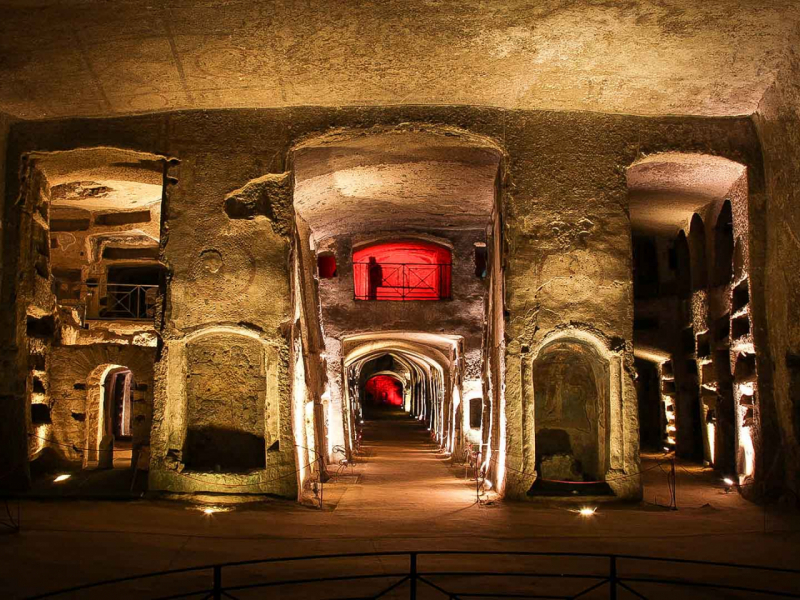
THE ROMAN VILLA OF POSITANO
02/04/2021
The valley in which Positano is located, its beach and steep limestone cliffs along with its healthy climate, was the site where a sumptuous roman villa was built at the end of the 1st century BC.
The villa was part of the Surrentum area known nowadays as Sorrento, was one of the many luxurious villas that had been developed during the Emperor Claudius reign.
The Roman villas on the Sorrento peninsula and the mainland became very popular and sought-after when Tiberius decided to run the empire from his Villa Jovis the island of Capri in 26 AD. At that time, members of the Roman élite close to the Emperor wished to remain close to the center of power and wanted to be only a short boat-trip away from the imperial court in Capri.
The complex in Positano featured a peristyle with a large central garden and fountains. This was described in the late 18th century by Karl Weber, a Swiss architect.



There was a bath quarter, as shown in a room with terracotta pipes for radiant heating, and a lavishly decorated room, surely a triclinium. As with other Roman seaside villas, there may have been two or more floors.
The scholar Matteo Della Corte thought to have located the villa owned by Posides Claudi Caesaris, a powerful man, previously a slave, who had been freed by the Emperor Claudius whose name could be linked to the name of Positano.
After the devastating earthquake in 62AD, the villa was undergoing massive renovations. The earthquake was for its owner the opportunity to give the villa a lavish refurbishment and facelift as evidenced in the dining areas and the triclinium discovered under the crypt of Santa Maria Assunta Cathedral. The walls of the room are covered with typical motifs in true Pompeiian style.
The buildings painted on the upper section of the walls are partially hidden by a “trompe l’oeil” curtain embellished with sea monsters, dolphins, plaster cupids and angels.














